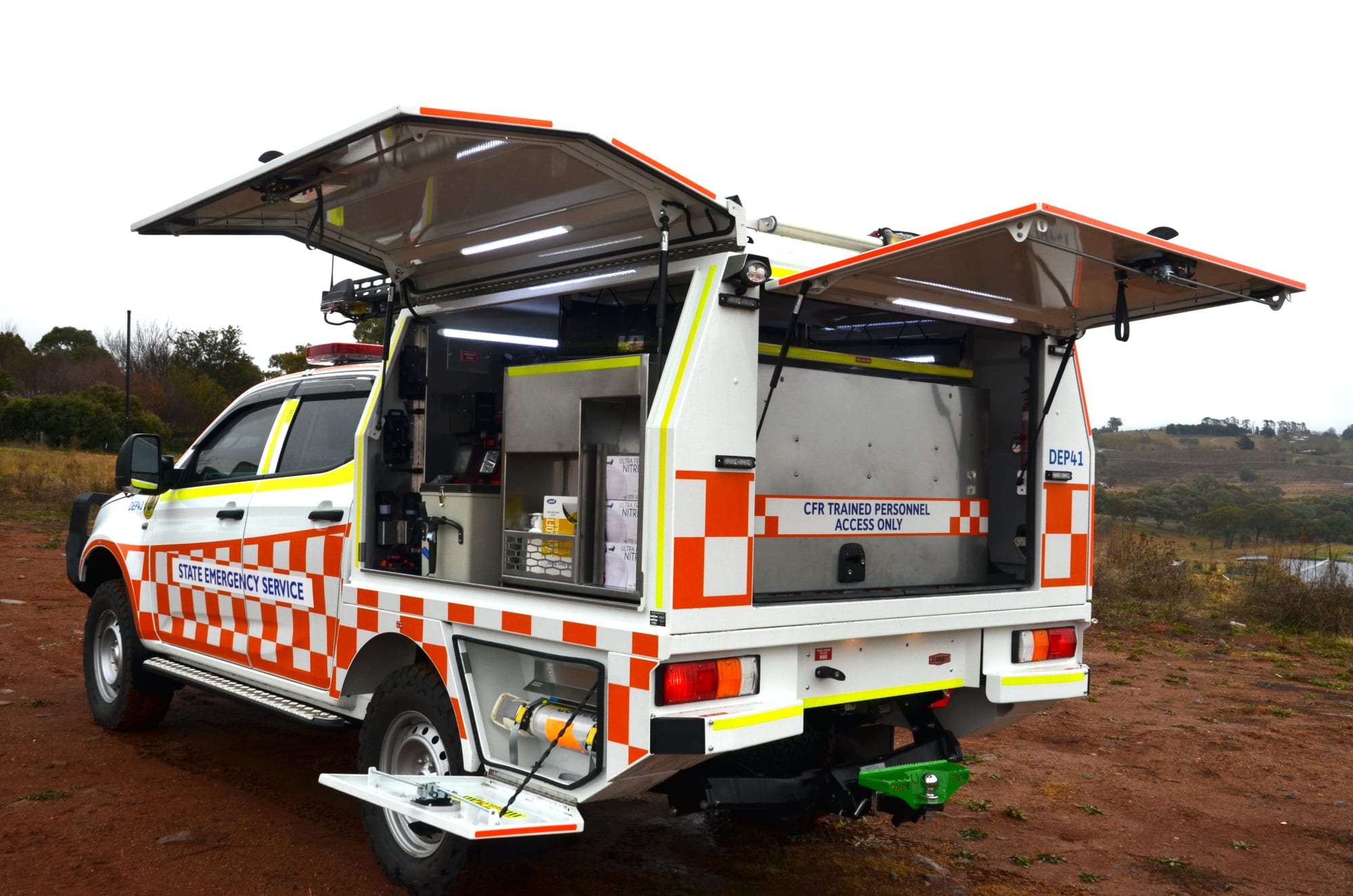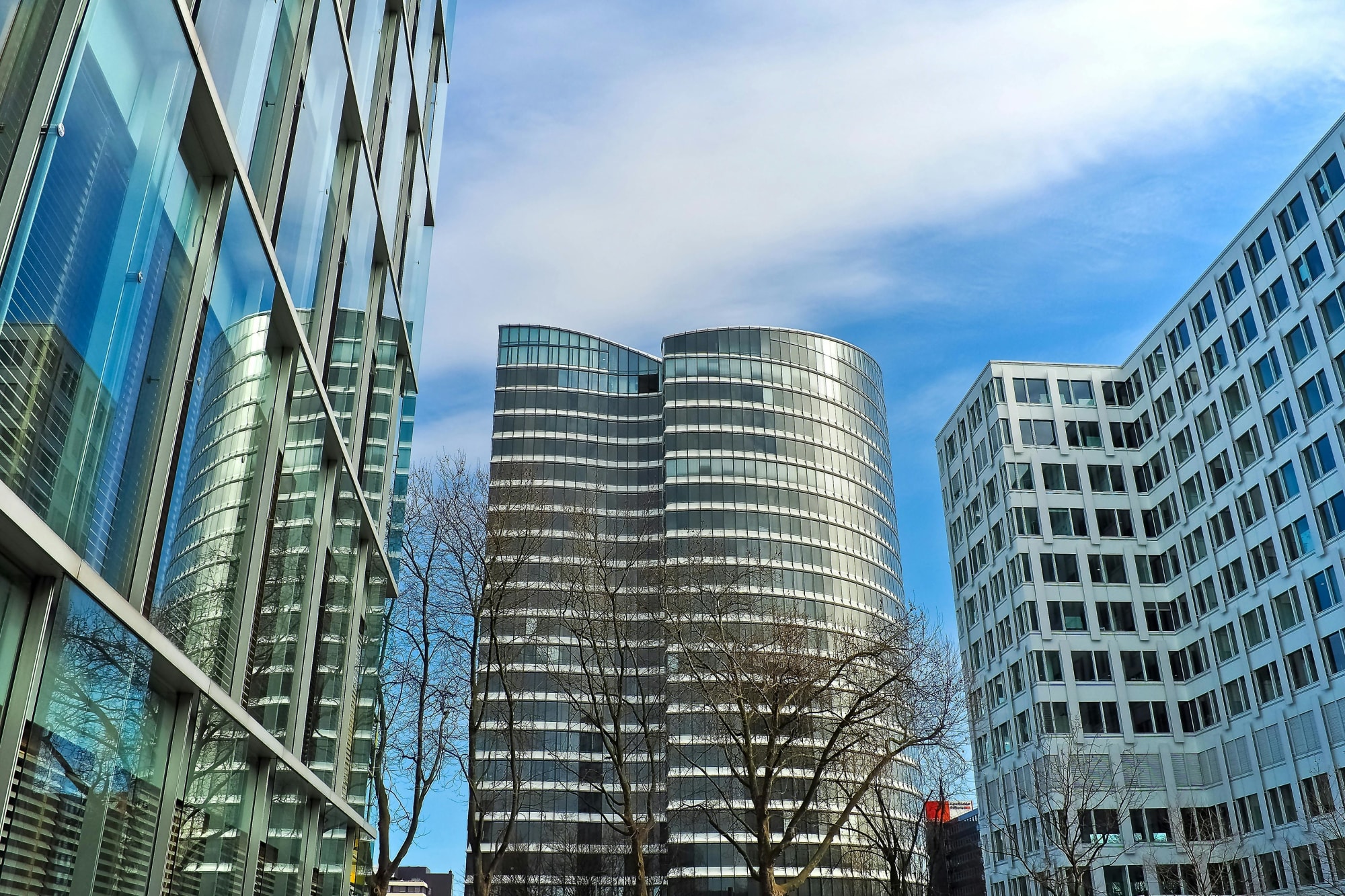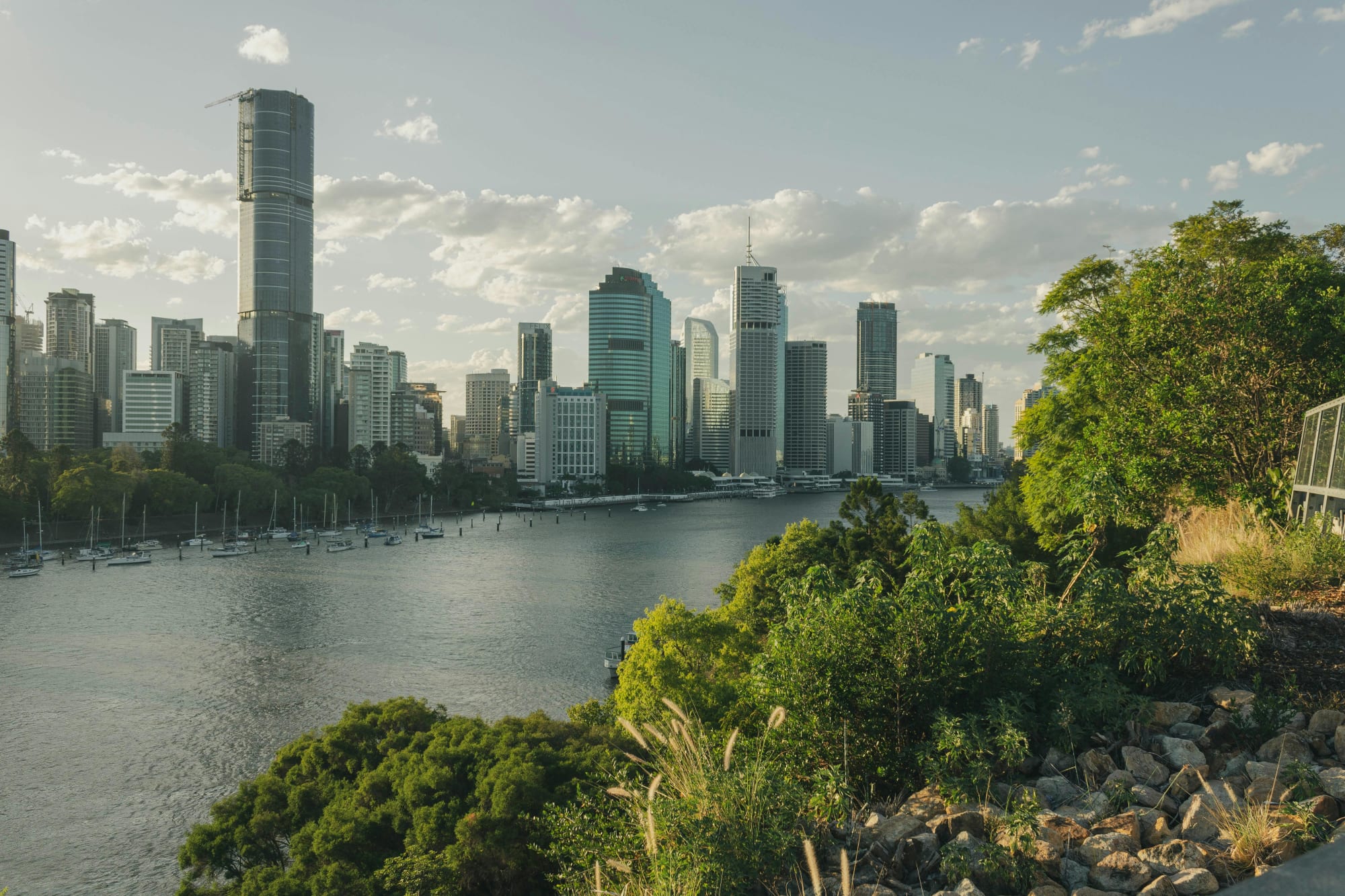Invest
The question isn’t whether inflation is back, it’s whether it’ll stick around
Invest
The question isn’t whether inflation is back, it’s whether it’ll stick around
Growing inflation in the United States could have big consequences for Australian investors and consumers alike.
The question isn’t whether inflation is back, it’s whether it’ll stick around
Growing inflation in the United States could have big consequences for Australian investors and consumers alike.

As central banks rev up their efforts to tackle rising inflation overseas, Australian investors may want to pay attention.
AMP Capital chief economist Shane Oliver told InvestorDaily that local investors should be keeping an eye on rising inflation on the other side of the Pacific, and specifically how central banks react to it.
“Higher inflation invariably means higher interest rates and higher borrowing costs,” he explained.
Mr Oliver said that rising inflation is a direct threat to share markets, noting that if interest rates are low, people are incentivised to put their money in shares and property.

“But if interest rates start to rise significantly because of higher inflation, that reduces the incentive to put money into shares, and other assets can be made for them,” he said.
In addition, Mr Oliver predicted that Australia’s reliance on imports means that higher inflation will push consumer prices upwards and hurt the margins of local retailers.
Of course, the long term effects of inflation on the Australian economy is largely going to be determined by whether or not it sticks around.
“If it’s just a temporary surge, then you’ve got to pay attention to it, but it won’t have a long-run impact on investment markets,” Mr Oliver said.
On the other hand, “if it’s a permanently higher rate of inflation, ultimately, we’ll see permanently higher interest rates which could have a negative impact on share markets and other assets,” he added.
While US consumer prices have recorded their largest year-on-year increase since 1990, there are clear differences that investors should keep in mind when it comes to thinking about the return of inflation.
Mr Oliver argued that the 1970s offered a better parallel.
“The 1970s was a period of very strong money supply growth and supply constraints, which led to permanently higher inflation or higher inflation for a decade,” Mr Oliver said.
“This time around, we’ve seen very strong money supply growth as part of signals efforts to get us through the pandemic. We’re also seeing supply constraints,” he added.
That being said, Mr Oliver said that modern expectations around inflation are a lot lower.
“Once we get back to work as the coronavirus gradually comes under control and production catches up, and people start spending more on services and goods, then the supply constraints should start to come under control,” he suggested.
According to him, this process could take six to 12 months.
Asked whether complacency around inflation may have contributed to its recent resurgence, Mr Oliver acknowledged the argument that, like generals, the central banks of the world are always fighting the last war.
“There is a bit of a risk of complacency on the part of central bankers finding the last war, but there’s also a risk that if they tighten too quickly, then they could end up returning us to deflation or disinflation,” he said.
Mr Oliver concluded that the return of inflation could be a regime change for global markets.
“We’ve been for the last thirty years an environment of disinflation, falling inflation and slowing wages growth, and we may now be going into an environment of higher inflation and stronger wages growth,” he said.
A recent report by Kardinia Capital said that Australia’s own uptick in inflation would ensure it remains a point of discussion into the new year.
“At the very least: if inflation expectations build, interest rates launch sooner, and bond prices continue to fall, then we should expect higher volatility in equities. Individual sector returns will diverge with winners and losers,” the report said.
About the author

About the author


Economy
Rising CPI reinforces RBA’s stance as rate cut expectations remain: State Street
State Street Global Advisors says the Reserve Bank of Australia (RBA) is likely to hold its current policy outlook following the release of September quarter inflation data, which showed an unexpected ...Read more

Economy
NSW SES boosts tsunami preparedness ahead of World Tsunami Awareness Day
As World Tsunami Awareness Day approaches on 5 November, the New South Wales State Emergency Service (NSW SES) is ramping up efforts to enhance tsunami preparedness along the east coastRead more

Economy
Lifesaving Regional Response Strengthened with New NSW SES Vehicles
In a significant boost to regional emergency services, the NSW State Emergency Service (SES) has unveiled 11 new Community First Response (CFR) vehicles, designed to enhance the speed and safety of ...Read more

Economy
Australia's June quarter GDP growth driven by consumer and government spending
Australia's economy has shown unexpected resilience in the June 2025 quarter, with household and government consumption driving growth despite a significant decline in public investmentRead more

Economy
Australia's GDP surprise is real but operators should heed the growth mix warning light
Australia’s June-quarter growth beat expectations on the strength of household consumption and government spending, even as public investment sagged. The upside surprise signals resilience, but the ...Read more

Economy
Households carried the quarter: what Australia’s upside GDP surprise means for strategy now
Australia’s economy expanded faster than expected in the June 2025 quarter, with GDP up 0.6 per cent quarter-on-quarter and 1.8 per cent year-on-year — the strongest pace in two years. The kicker ...Read more

Economy
Inflation dynamics in Australia: Electricity subsidies and labour market in focus
In a recent economic analysis, experts from State Street have highlighted significant developments in Australia's inflation landscape, attributing the changes primarily to the withdrawal of ...Read more

Economy
Australia's economic growth driven by consumer and government spending: A closer look at the June quarter
Australia's economy has delivered a surprising performance for the June 2025 quarter, surpassing expectations with a growth rate of 0.6% quarter-on-quarter and 1.8% year-on-year. This unexpected ...Read more

Economy
Rising CPI reinforces RBA’s stance as rate cut expectations remain: State Street
State Street Global Advisors says the Reserve Bank of Australia (RBA) is likely to hold its current policy outlook following the release of September quarter inflation data, which showed an unexpected ...Read more

Economy
NSW SES boosts tsunami preparedness ahead of World Tsunami Awareness Day
As World Tsunami Awareness Day approaches on 5 November, the New South Wales State Emergency Service (NSW SES) is ramping up efforts to enhance tsunami preparedness along the east coastRead more

Economy
Lifesaving Regional Response Strengthened with New NSW SES Vehicles
In a significant boost to regional emergency services, the NSW State Emergency Service (SES) has unveiled 11 new Community First Response (CFR) vehicles, designed to enhance the speed and safety of ...Read more

Economy
Australia's June quarter GDP growth driven by consumer and government spending
Australia's economy has shown unexpected resilience in the June 2025 quarter, with household and government consumption driving growth despite a significant decline in public investmentRead more

Economy
Australia's GDP surprise is real but operators should heed the growth mix warning light
Australia’s June-quarter growth beat expectations on the strength of household consumption and government spending, even as public investment sagged. The upside surprise signals resilience, but the ...Read more

Economy
Households carried the quarter: what Australia’s upside GDP surprise means for strategy now
Australia’s economy expanded faster than expected in the June 2025 quarter, with GDP up 0.6 per cent quarter-on-quarter and 1.8 per cent year-on-year — the strongest pace in two years. The kicker ...Read more

Economy
Inflation dynamics in Australia: Electricity subsidies and labour market in focus
In a recent economic analysis, experts from State Street have highlighted significant developments in Australia's inflation landscape, attributing the changes primarily to the withdrawal of ...Read more

Economy
Australia's economic growth driven by consumer and government spending: A closer look at the June quarter
Australia's economy has delivered a surprising performance for the June 2025 quarter, surpassing expectations with a growth rate of 0.6% quarter-on-quarter and 1.8% year-on-year. This unexpected ...Read more








